The humble egg gets a silky, slow-cooked upgrade in this delicious Onsen Egg recipe.
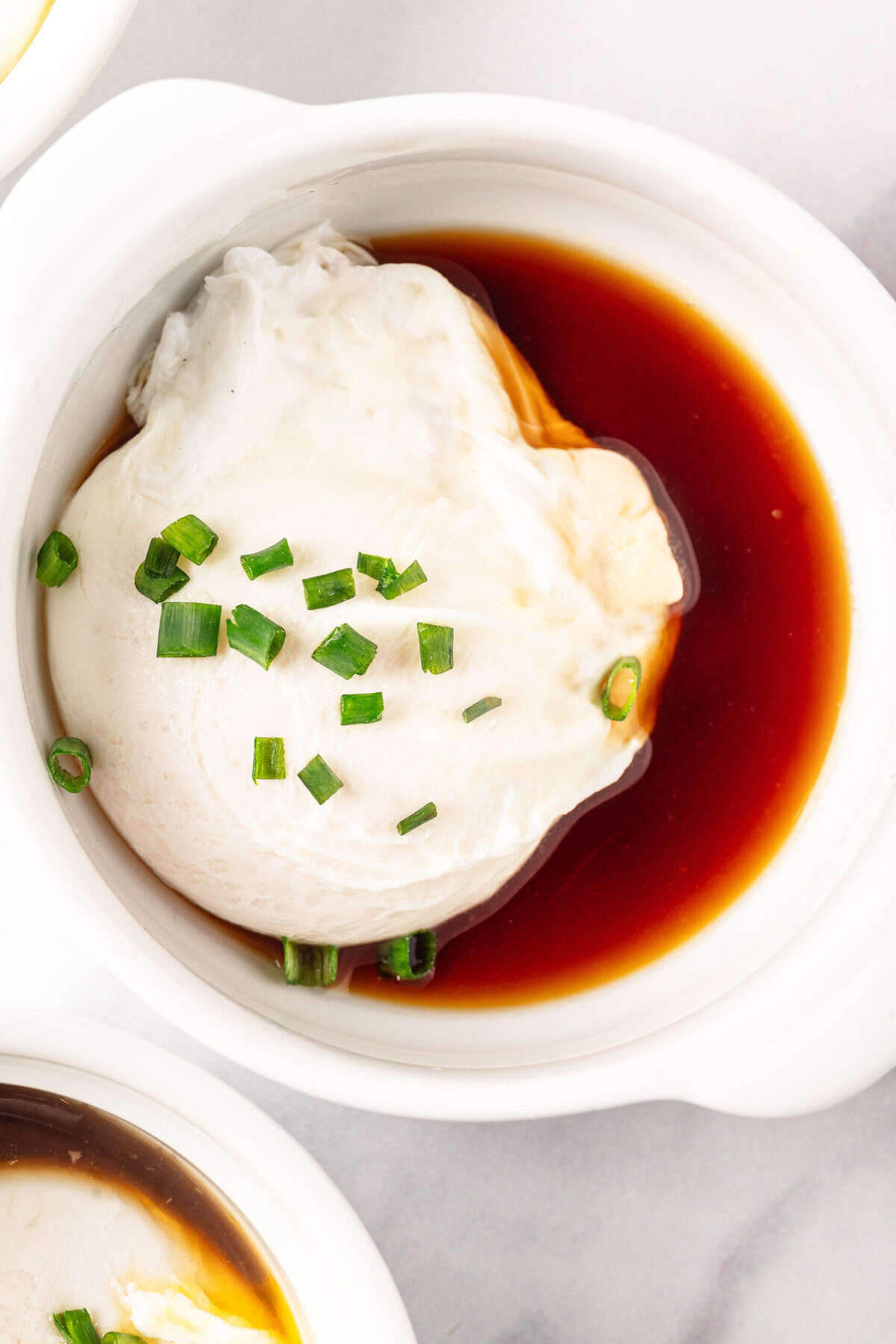
I think we can all agree that one of the easiest ways to take a bowl of noodles from good to exceptional is by topping it with a perfectly cooked, well-seasoned egg. You could choose to top your dish with a hard-boiled or medium-boiled egg. Or you might find yourself searching for something that feels a little more luxe. Enter the onsen egg.
Delicately cooked, deeply flavorful, and silky in texture, the onsen egg can instantly elevate any meal—from a simple soup to a steaming bowl of your favorite noodles. I recently tried adding one to my lightly dressed soba, and it was fabulous.
When I’m looking for a tasty, protein-rich pick-me-up before a run or in the middle of a hectic day, this onsen egg recipe never fails to disappoint. This recipe makes four servings and comes together in just 30 minutes. It’s simple, elegant, and a great choice for any day of the week.
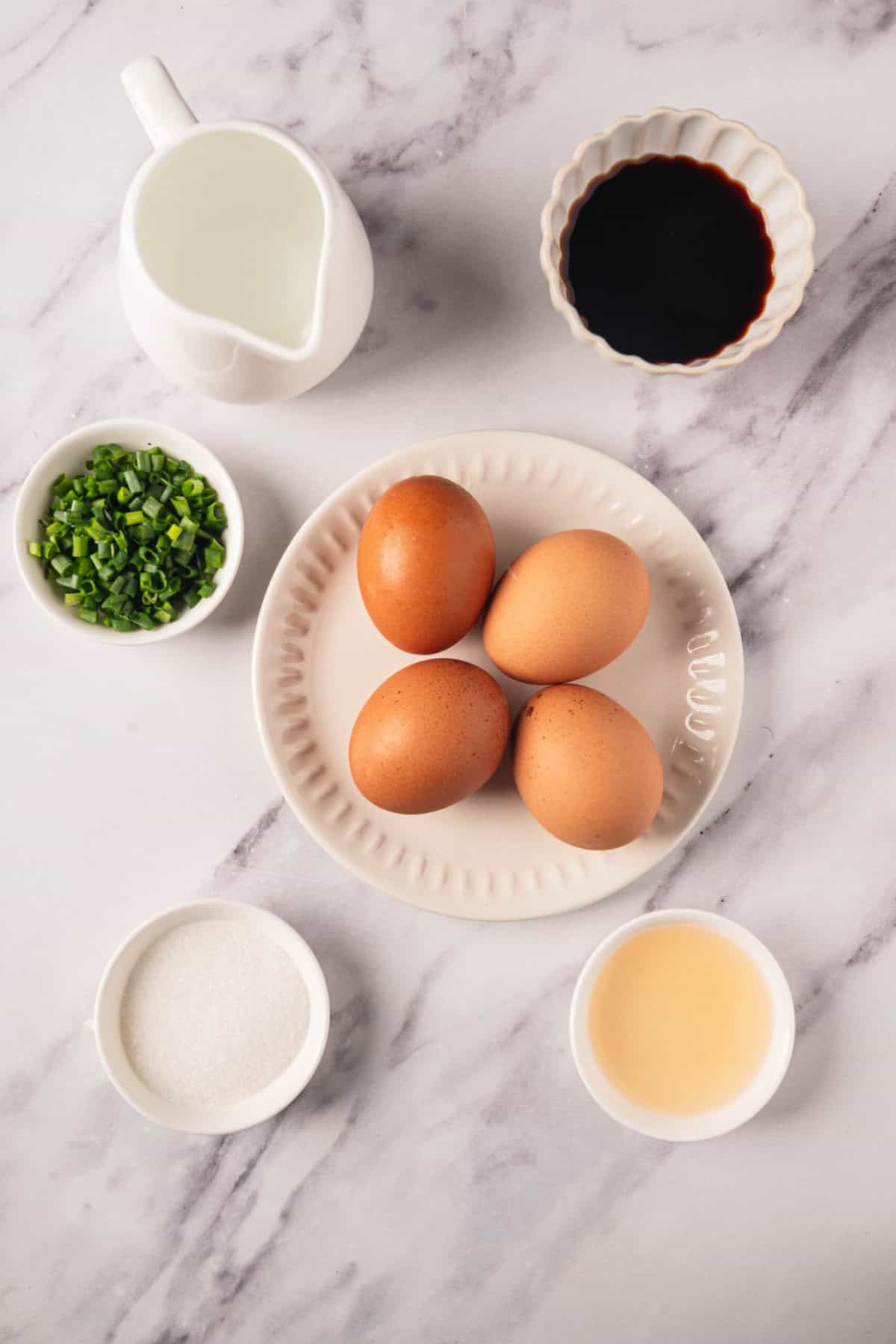
Are Onsen Eggs Healthy?
This onsen egg recipe can make a nourishing addition to many different meals. Eggs are high in protein and contain natural fats that can help you feel full and satisfied. Because they are gently cooked at a low temperature, onsen eggs maintain a soft, custard-like texture without needing any oil or butter. If you’re trying to minimize your sodium intake, feel free to use a low-sodium soy sauce—or skip the soy sauce altogether and top your egg with a pinch of salt and a sprinkle of green onion. To suit a gluten-free diet, simply use tamari in lieu of soy sauce.
A Brief History Of Onsen Eggs
The onsen egg (or onsen tamago) originated in Japan and has been part of this country’s food culture for centuries. Onsen eggs were traditionally made using the natural hot springs (or onsen) found throughout Japan and would be cooked in the mineral-rich water at a low temperature for hours. This method infused the eggs with flavors from the water. While modern techniques use precision temperature control to mimic this traditional method, the essence of the dish remains the same. The resulting egg has a characteristically soft, silky texture. The onsen egg is often served in traditional dishes like shabu-shabu (hot pot), rice bowls, or noodle soups, and it has become a favorite Japanese comfort food.
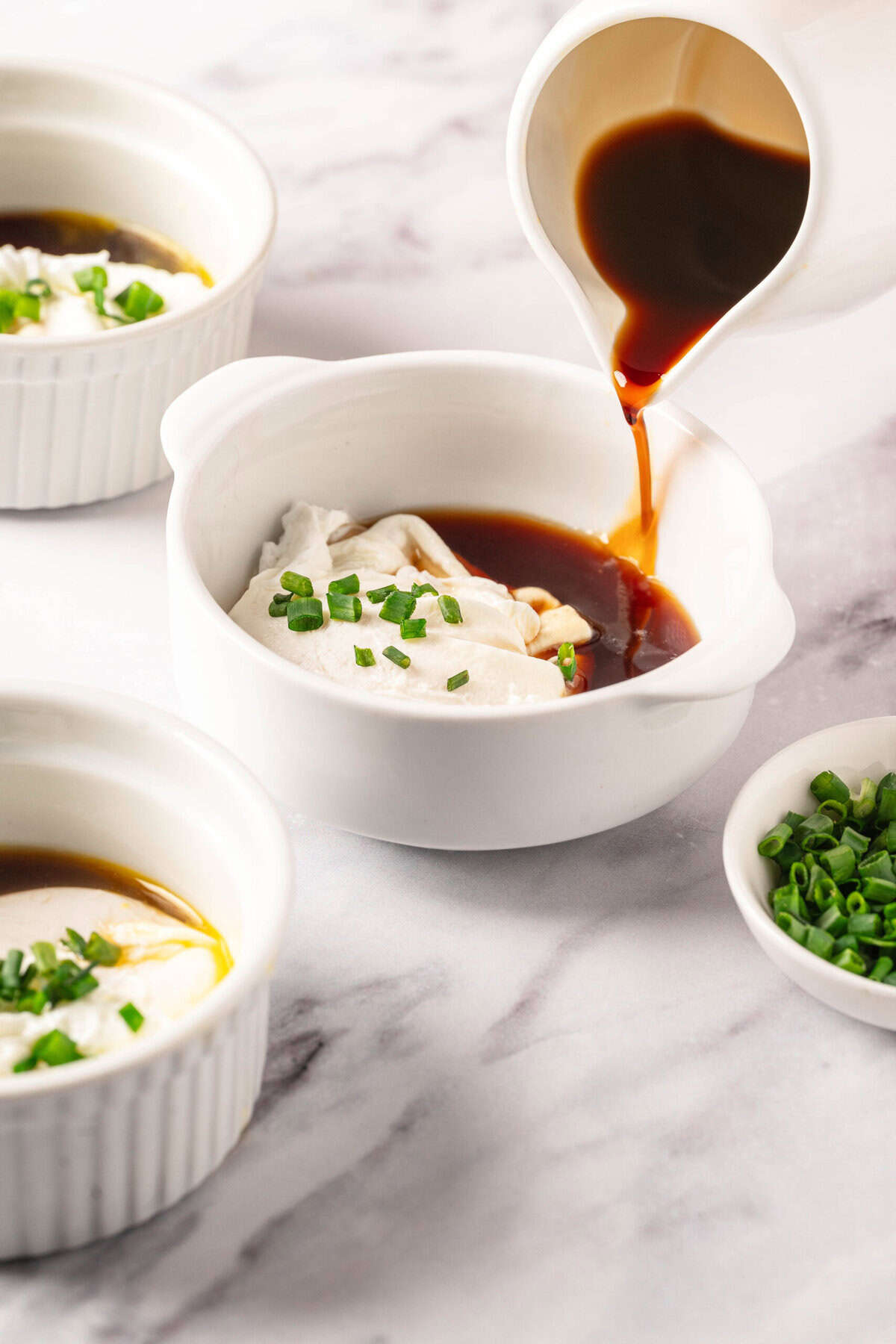
FAQs & Tips
How Do I Store Leftovers?
Store your uncracked onsen eggs in an airtight container for 1-3 days in the fridge. You can enjoy these leftover eggs chilled, or you can gently reheat them in hot water on the stove or in the microwave.
How Do I Avoid Overcooking My Onsen Eggs?
Overcooking is one of the most common pitfalls when making onsen eggs. To avoid this, set a timer to make sure you remove the eggs at exactly the right time. Then, ensure your ice water is ready and waiting, as it helps stop the eggs from cooking any further.
How Can I Add Some Heat To This Onsen Egg Recipe?
If you’re looking to add a bit of spice, try adding a dash of hot chili oil or red pepper flakes to the cooked eggs. A garlicky chili sauce would also add a little heat to this tasty recipe.
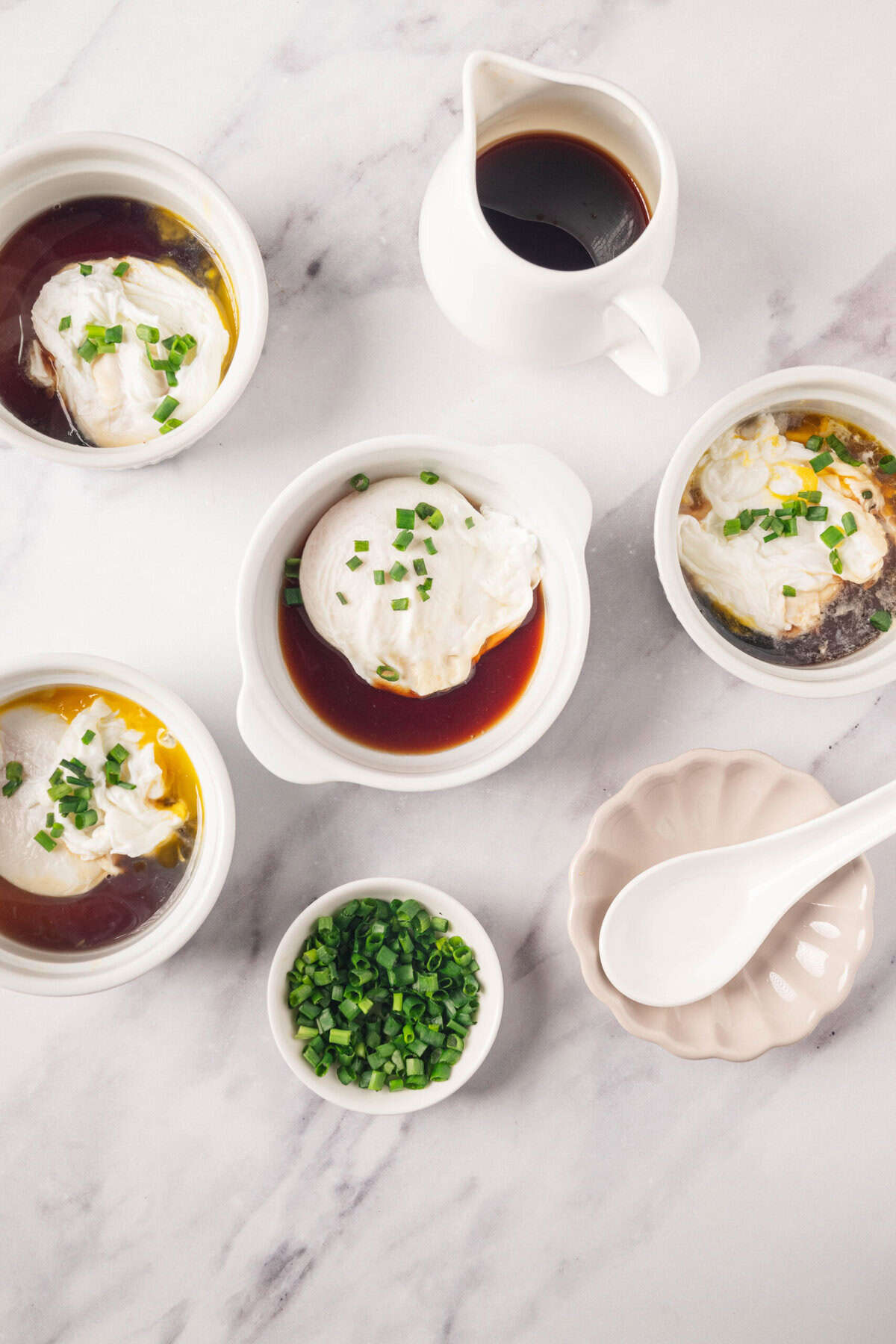
Serving Suggestions
Try adding an onsen egg to a steaming bowl of Chicken Ramen Noodles for even more protein and flavor. Or try my favorite method—adding an onsen egg, green onion slices, avocado, and a dash of furikake to a bowl of Steamed Rice. You could even add an onsen egg to this Chicken Fried Rice dish. If you’re looking for a salad-like option, why not serve your egg with this Asian Ramen Slaw? I also find that onsen eggs make a delicious addition to these Soba Noodles. Finally, I’ve definitely enjoyed an onsen egg as a quick, nutrient-rich bite all on its own.
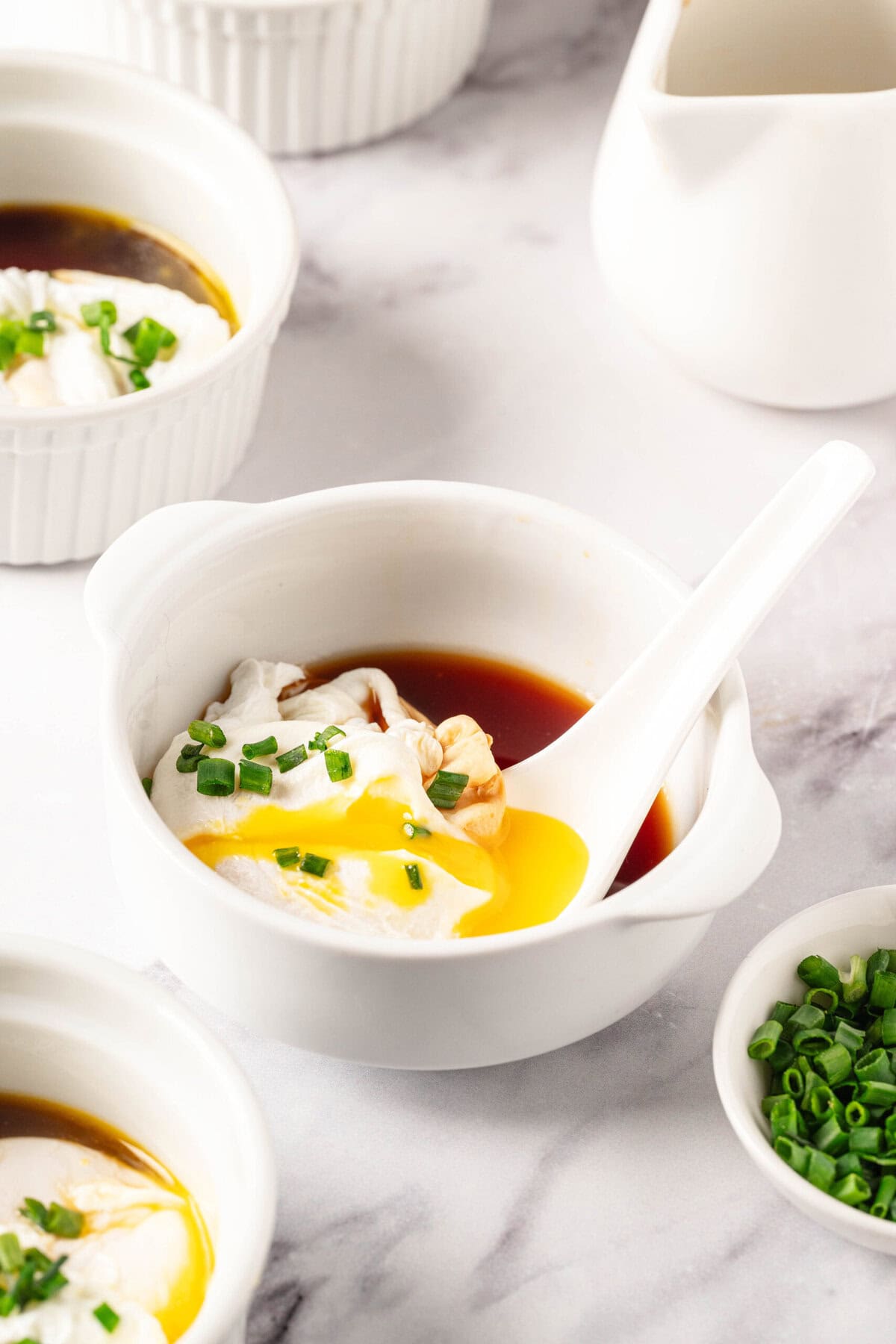

Ingredients
- Water for boiling
- 4 large eggs cold straight from the refrigerator
- Ice water for cooling
For Sauce (Optional):
- 1/4 cup soy sauce
- 3 tablespoons water
- 1 teaspoon mirin
- 1 teaspoon sugar
- Sliced green onions optional for garnish
Instructions
- Bring a medium pot of water to a boil.
- After reaching a boil, take the pot off the heat and allow it to cool for 5 minutes.
- Carefully lower the cold eggs into the hot water.

- Cover the pot with a lid and let the eggs sit in the water for 17 minutes.
- While the eggs are cooking, combine soy sauce, water, mirin, and sugar in a small saucepan and bring to a boil. Stir until sugar dissolves, then remove from heat and let cool.

- After 17 minutes, place the eggs in a bowl of ice water to cool for 5 minutes.

- Carefully crack each egg into a small bowl. Drizzle with sauce and garnish with sliced green onions, if desired.
Nutrition Info:
Recipes written and produced on Food Faith Fitness are for informational purposes only.
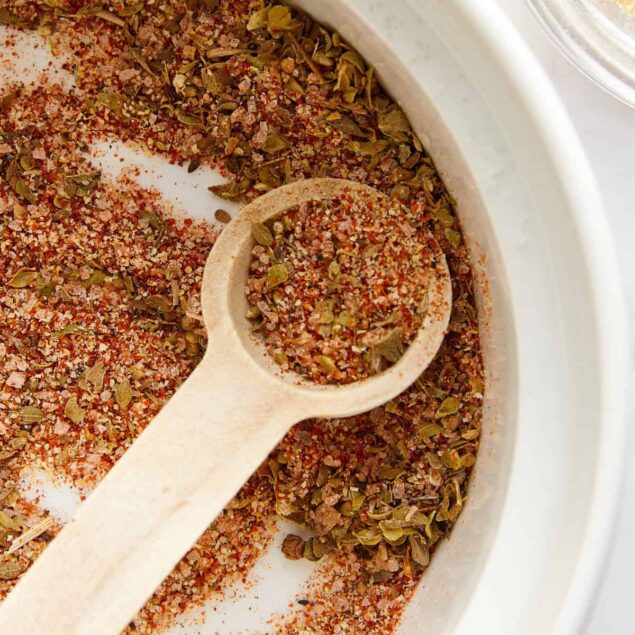
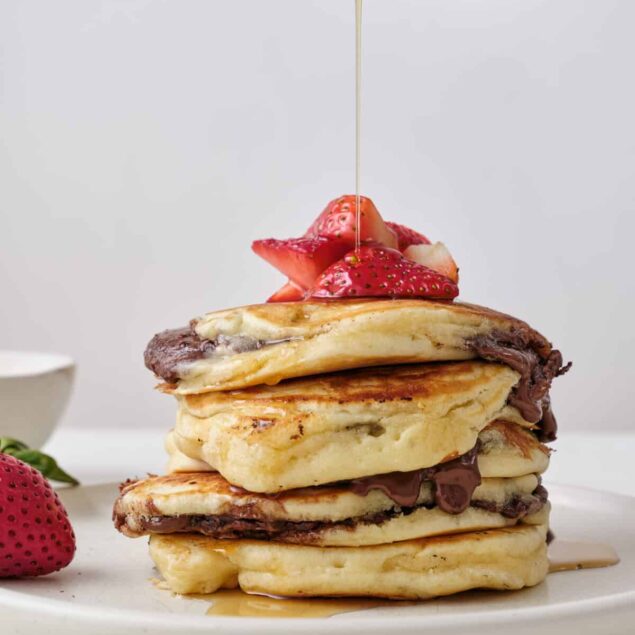
Leave a Comment